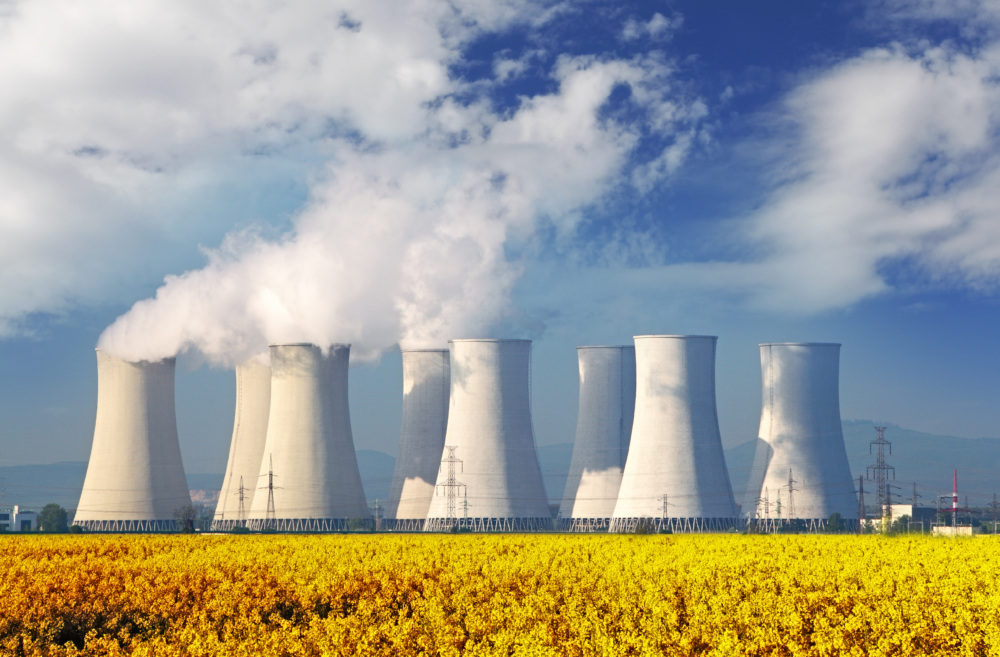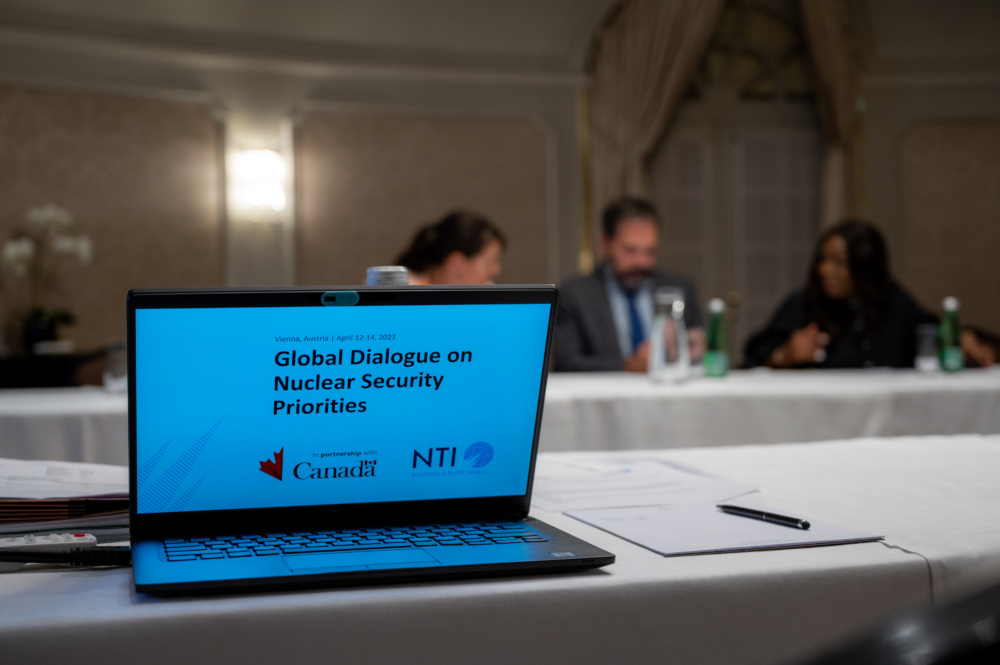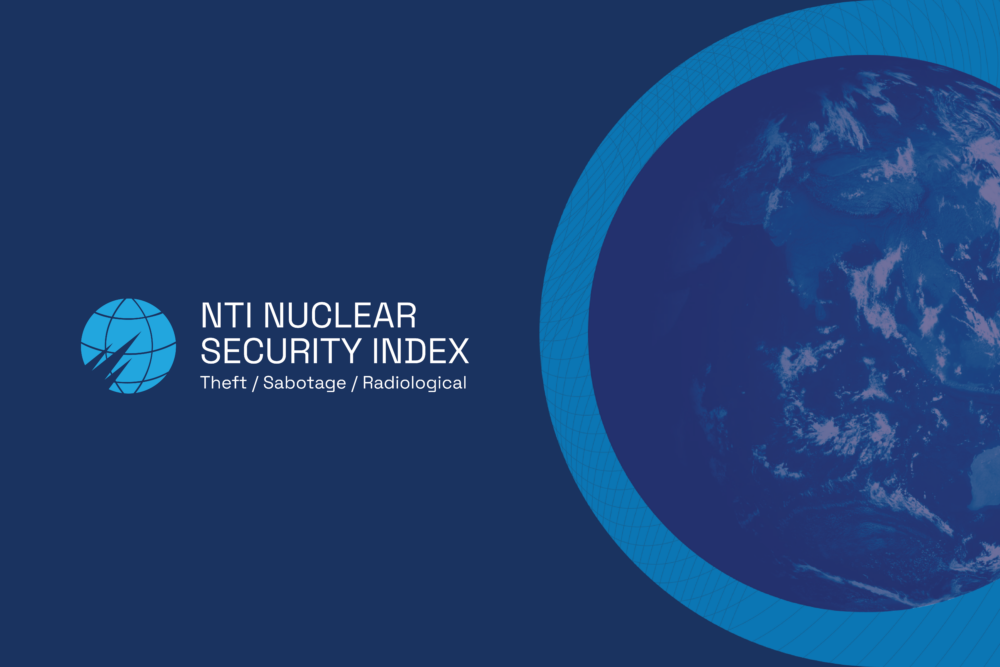
Ernest J. Moniz and Armond Cohen in the Boston Globe: “The world wants to triple nuclear energy: What will it take?”
To make good on their COP28 pledge, countries need a new approach to building, regulating, and financing nuclear technology.
The steps for reducing nuclear dangers globally require action and leadership across a number of fronts, from reducing nuclear forces to securing nuclear materials. The United States and Russia, which possess nearly 95% of the world’s nuclear warheads, must take the lead on efforts to prevent nuclear catastrophe.
At the same time, all countries should commit to a set of urgent and practical steps:
You can support these steps by sharing the Cuban Missile Crisis website on Facebook or Twitter; organizing friends to watch the movie Nuclear Tipping Point; signing up to get updates from NTI; or supporting NTI through a donation.
In 2007 former Secretary of State George P. Shultz, former Secretary of Defense William J. Perry, former Secretary of State Henry A. Kissinger and former Senator Sam Nunn published a Wall Street Journal op-ed outlining the vision of a world without nuclear weapons and these urgent steps that can be taken immediately to reduce nuclear dangers.
They joined together to form the Nuclear Security Project—a major effort to galvanize global action to reduce urgent nuclear dangers and build support for reducing reliance on nuclear weapons, ultimately ending them as a threat to the world.
Sign up for our newsletter to get the latest on nuclear and biological threats.
To make good on their COP28 pledge, countries need a new approach to building, regulating, and financing nuclear technology.
Lessons Learned from 10 Years of the Global Dialogue on Nuclear Security Priorities
The NTI Index is recognized as the premier resource and tool for evaluating global nuclear and radiological security.

